Andy Duncan was given three years to live in 2012 after being diagnosed with prostate cancer. Ten years on, he had climbed more than 200 Munros and written a book.
As Andy Duncan scaled the steep, unrelenting zig-zag path to the summit of Stob Binnean, he was no longer distracted by the jaw-dropping views.
He was, as it he put it, “mindfully moving” over the ground, not allowing “cancer monsters” to take over – “remembering what a body can do, when it puts its mind to it”.
The date was August 30, 2016 – four years since Andy had been diagnosed with a malignant and aggressive form of prostate cancer in October 2012. Doctors had given him three years to live.
Reluctant to accept this prognosis, he turned his mind to living – really living – and focused on climbing as many Munros as he could before his illness made it impossible.
Detailing his thoughts
As he walked, he scrawled down notes detailing his thoughts, feelings and philosophies.
Back home he would transform these into a blog, which he humorously titled, “It’s (not) Shite Being Scottish”, as a nod to the iconic Trainspotting scene in which Mark Renton waxes lyrical at remote Corrour Station in Rannoch Moor. (“It’s shite being Scottish,” said Renton.)
The blog allowed Andy, using the nom de plume Duncan Spence, the space to share his abiding passion for walking in the Scottish mountains – a passion which he indulged, to keep himself alive, to keep himself strong, to keep himself level-headed.
Mountains were, for Andy, a form of medicine, and his exploits climbing the Munros with cancer inspired hundreds of followers via social media.
He began converting his blog into a book in 2020, during one of many Covid-19 lockdowns, starting off describing his experience tackling Ben Alder, in July 2014.
Personal ambition
By late 2020, he had achieved a personal ambition – climbing the summit of 1,019m Sgurr Mor in the Fannichs, the last of the top 50– summits above 1,100m, the ‘big ones’.
It was after completing Sgurr Mor, his 203rd Munro, that he decided to call it a day. “I was not yet dead, though no longer in denial that it might not be long,” he wrote.
“Nobody knows when they are going to die. Least of all those of us with a terminal illness. We only know that until death every breath we take is precious and that it may be the last.”
On hearing about Andy’s writing, publisher Mary Turner Thomson offered to help turn it into a “proper” book, available to buy.
And eventually, after months of planning and editing – in which Andy played a major role, even choosing fonts and text size – dozens of hard copies made his way to his house in Cupar.
Emotional experience
Three days before he died, Andy was able to hold one of those books in his hands.
His wife, Shona, filmed the emotional experience, in which Andy sits up in bed, smiles and talks about how pleased he is with the completed article.
“It was a wonderful, emotional experience,” reflects Shona. “He was so happy to be able to see – and hold – the finished product. We’re just so proud.”
Rekindled romance
Andy was living and working in the Netherlands when he met Shona in May 2012 – he was back in Edinburgh for a bike race and a reunion of old friends.
They had been good friends as teenagers and gone on a few dates.
“We hadn’t seen each other for 35 years,” says Shona.
“Andy asked me out when I was 17 and he was 18. We met up twice in Edinburgh after this, but years went by and we didn’t see each other again until 2012. Then, it was just love!
“We had a deep love. And not long before he died I found a love letter he wrote to me when he was 18!”
First prognosis
Their romantic reunion came shortly before Andy was told he had cancer by doctors in the Netherlands, with the first prognosis telling him he would only have three years to live.
At that point, he made the decision to move from Utrecht – where he worked as a translator, cycling messenger and wheel builder – back to Scotland.
Initially moving in with Shona in Edinburgh, Andy wanted to be closer to the country, and so the couple upped sticks to Cupar when he inherited the family home in 2016.
Motivated
“His prognosis made him reflect. It motivated him to start planning expeditions, climbs and adventures,” says Shona.
“Sometimes he would camp, other times he’d stay in bothies, and sometimes we’d take my campervan and go on expeditions.
“Andy grappled with everything in his head when he was climbing mountains. He pushed through more than just physical Munro-bagging stuff.
“He had to deal with the symptoms of the disease and the effects of the medication. He was so brave.”
He writes, in his book, that 2017 was the “most remarkable and wonderful year” of his life.
“Not only did I marry the love of my life and my best friend, I climbed 54 separate Munros while still diagnosed with a malignant cancer that was shaped in my mind by the first prognosis I received, according to which I should have died two years previously.
“It seemed less of an achievement than the outcome of finding reason for getting out of bed in the morning, something to drive me away from the despondency of cancer and to take me to the place where fantasy and reality meet head on, where my childhood desire to be an intrepid explorer of wildernesses was carried along on an elderly Volvo V70 with well over a quarter of a million on the clock.
“All of which massively widened my experience of the vast landscape that is hidden away in this country beyond the ends of roads and railway halts, or at the other side of mysterious lochs, far from municipal car parks and tourist attractions.”
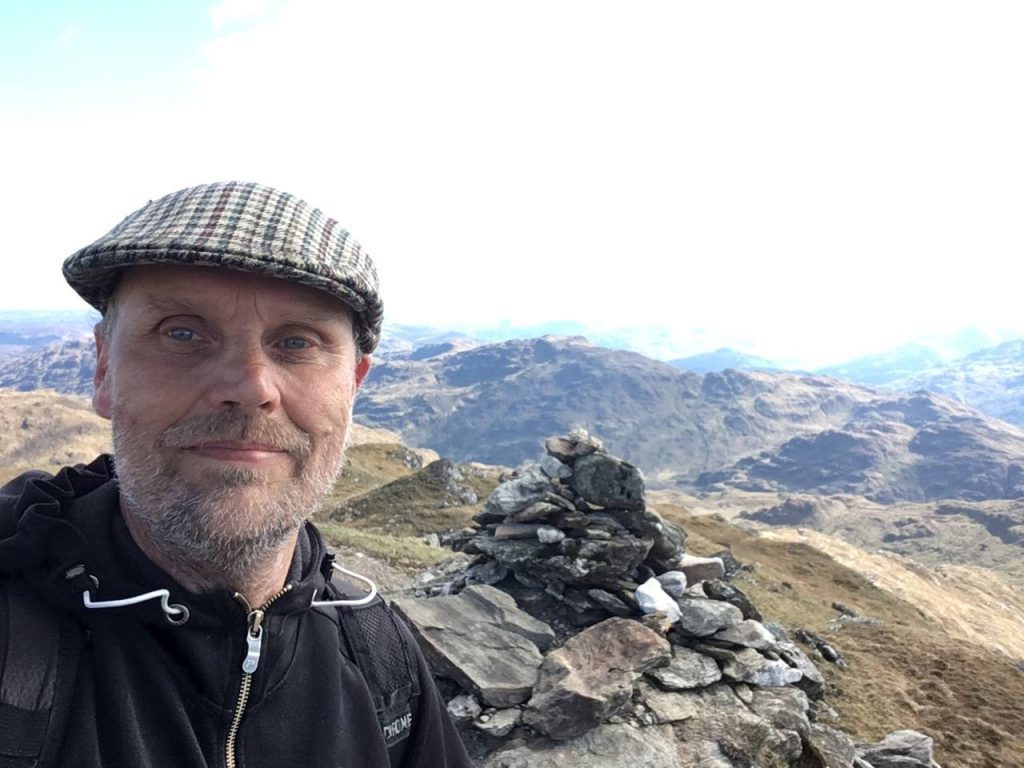
Radical thinker
Having read philosophy at Edinburgh University, Andy was a radical thinker, studying the likes of Foucalt, Nietzsche and Spinoza.
To help him cope with his bleak prognosis, he wrote a collection of aphorisms summing up his thoughts.
He overhauled his lifestyle, giving up meat, alcohol and dairy and adopting a ‘clean’ diet.
Andy grappled with everything in his head when he was climbing mountains. He pushed through more than just physical Munro-bagging stuff.”
“He found a lot of answers from Buddhism and drew on both Western and Eastern philosophies,” says Shona.
“His meditation happened in the mountains and in nature. But as the disease became more aggressive, he became more strict about looking after his body.
“He did his last few mountains with other people because he was feeling more precarious. We did a lot of touring the islands in my campervan, our last trip being in September 2021.
“But in October 2021 Andy really started struggling with mobility issues. Nevertheless, he started working on a second book – and he was still working on it a few weeks before he died.”
Major feat
While most people would think climbing 203 Munros with cancer was a major feat, Shona says Andy was sad he was unable to do all 282.
“If it hadn’t been for Covid he’d have climbed them all,” she laments. “He was heartbroken about that.”
While Shona, and Andy’s younger brother Colin, lived with a sense of hope that Andy would “keep on living”, they had a harsh reality check in December last year when a lump on his neck rapidly grew to vast proportions.
This had to be blasted with radiotherapy, which affected his mobility and saw him in great pain.
“The final treatment he had for the cancer was radium, but it didn’t work: it was the end of the line,” says Shona.
“We still managed to get to the beach with a wheelchair and I remember a seagull got my toastie! We laughed a lot.”
Coming home to die
After a five-week stay at a hospice in Cupar, Andy came home to Shona. He died, aged 62, on July 21.
“He was going through so much but even on the day he died he was able to have a joke,” she says.
Colin, a metal sculptor, says Andy had an “incredible power” over his mind.
“My brother had a good sense of humour but he was a very serious writer; he was always thought-provoking,” he says.
“He was passionate about Scotland and thought it should belong to the people.
“Andy’s book should be a fascinating read for anyone interested in politics, philosophy and reflections on Scotland’s mountains.”
As our interview, inside Thai Teak’s coffee shop near Cupar, comes to a close, Colin points across the valley to a hill bathed in sunlight. It’s Lucklawhill, the site of a red-stone quarry.
Andy’s headstone is to be made with a rock chosen from the quarry shaped like a mountain, and placed in Ceres Road Cemetery, where he is buried next to Shona’s father.
“It seems fitting,” says Shona. “When the stone gets wet, it turns beautiful shades of pink and purple. Andy would’ve loved it.
“And he’d be so happy to know that people are enjoying reading his book and being inspired by his bravery, determination and sense of adventure.”
- The official launch of It’s (not) Shite Being Scottish takes place at Dundee’s Rama Thai on December 11 at 1pm. The event was set up by restaurant owner Ian Macleod, a friend of Shona and Andy’s.
- The book is available on Amazon Kindle (£4.99), paperback (£12.99) and hardback (£19.99). Check out Andy’s blog at duncanspence.wordpress.com/
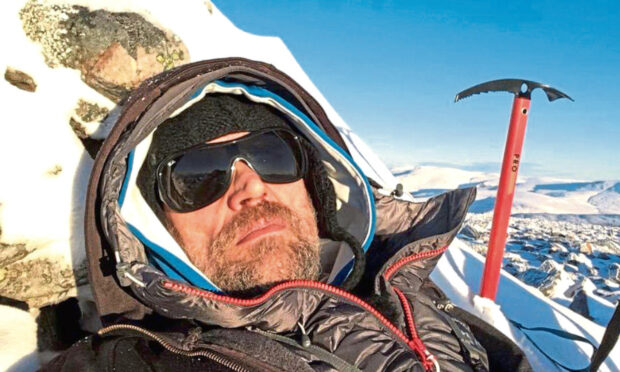







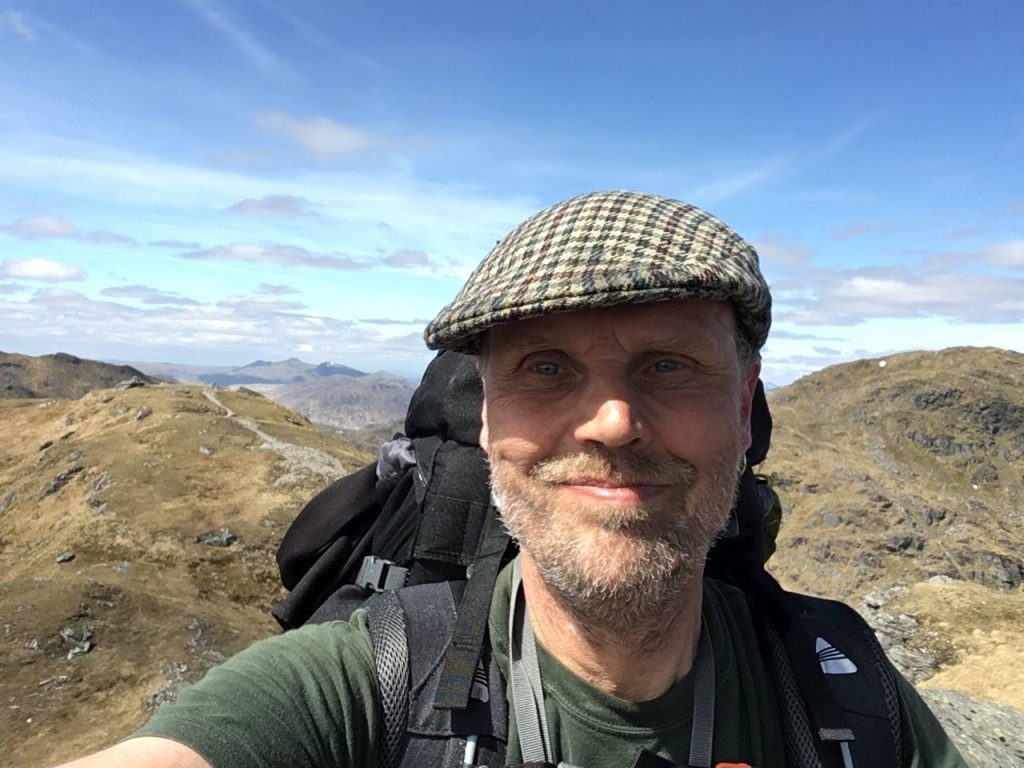



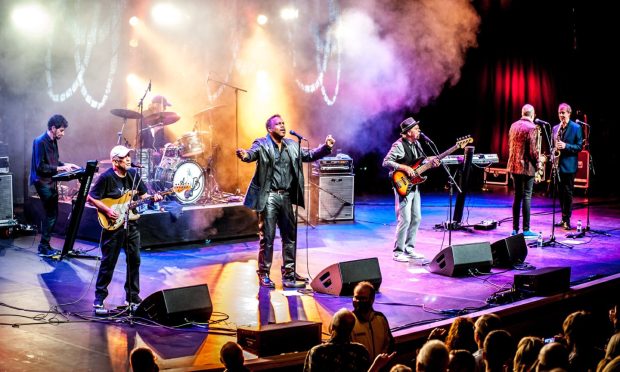




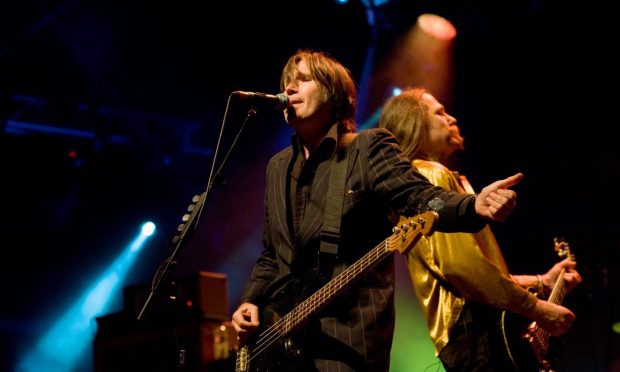

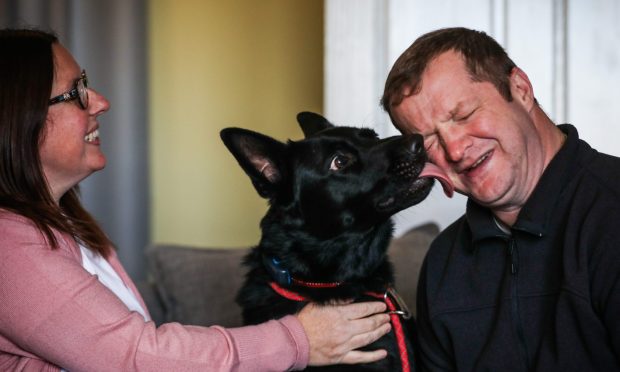

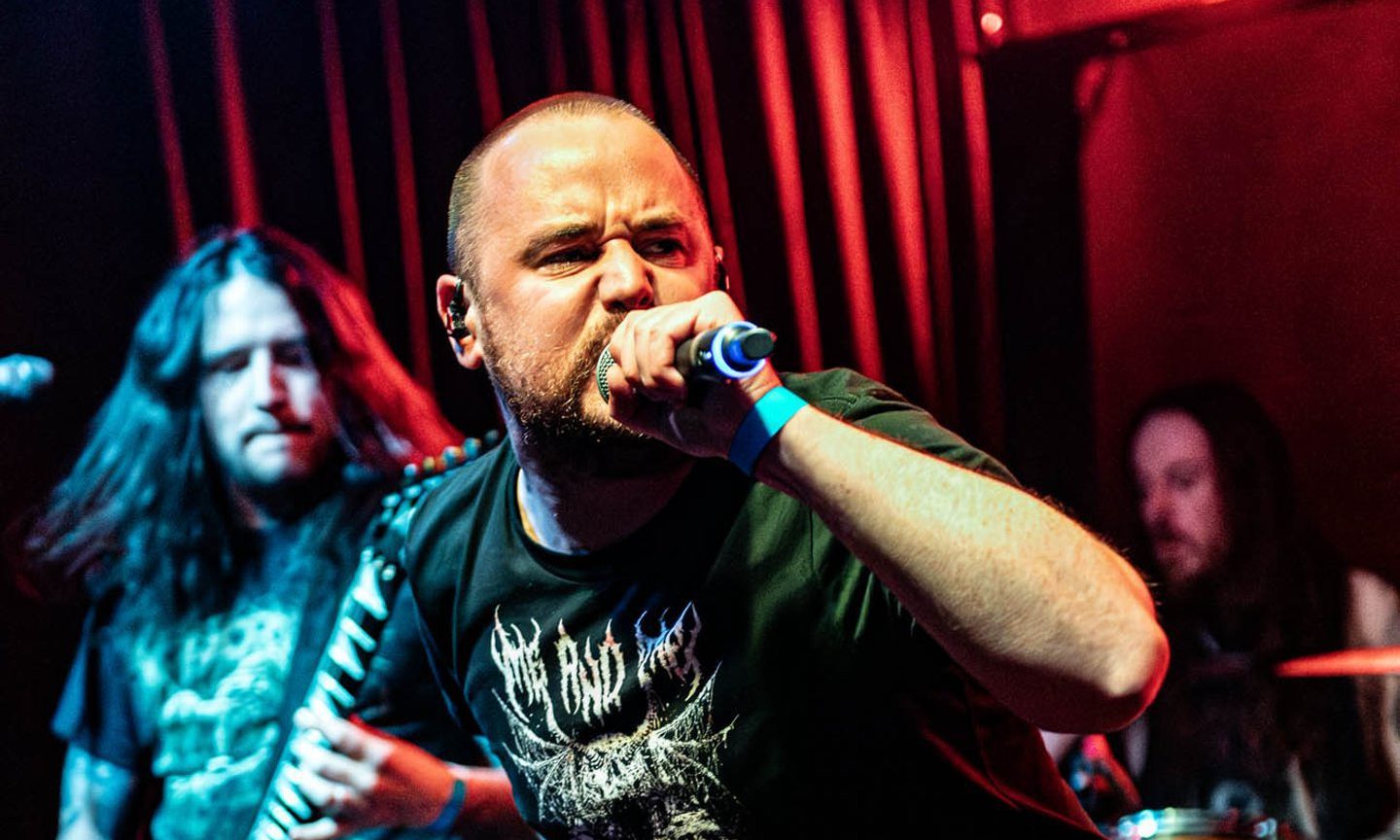
Conversation